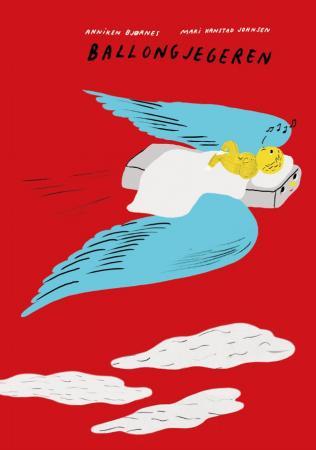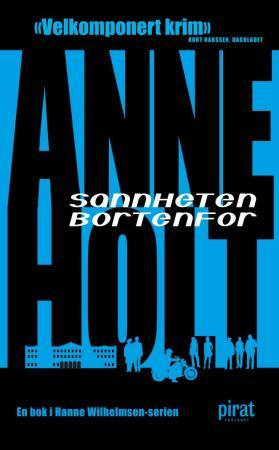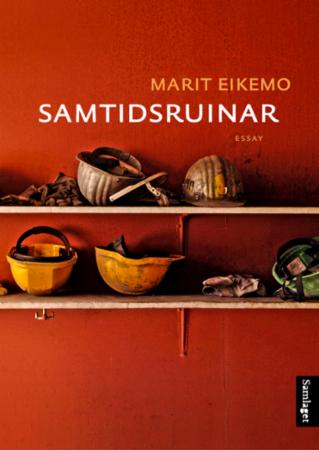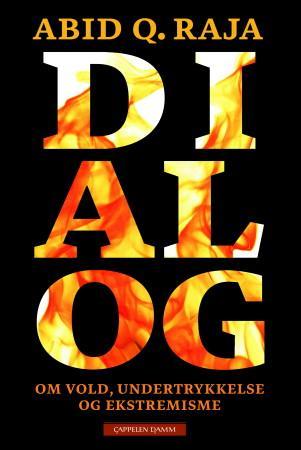
Art of the Baltic States av Serge Fauchereau
449,-
A lavishly illustrated reference on a little-known chapter in art history ¿ the art of the three Baltic States, covering a wide range of mediums, movements and styles. The Baltic States ¿ Lithuania, Latvia and Estonia ¿ retain strong cultural identities that have survived despite centuries of colonization by powerful neighbouring lands. By the late 19th and early 20th centuries, artists and writers were starting to reclaim and promote their own artistic heritage as radically distinct from that of the invading nations, with pioneers such as M. K. Ciurlionis and Vilhelms Purvitis demonstrating rare originality in their work. In the wake of the First World War, the three Baltic countries regained their autonomy, and the 1920s and 30s became a rich period of openness and international artistic exchange. Modernism in all its forms flourished, not only in painting but in sculpture, printmaking, photomontage and the decorative arts, ranging from the elegant abstraction of Arnold Akberg to the








